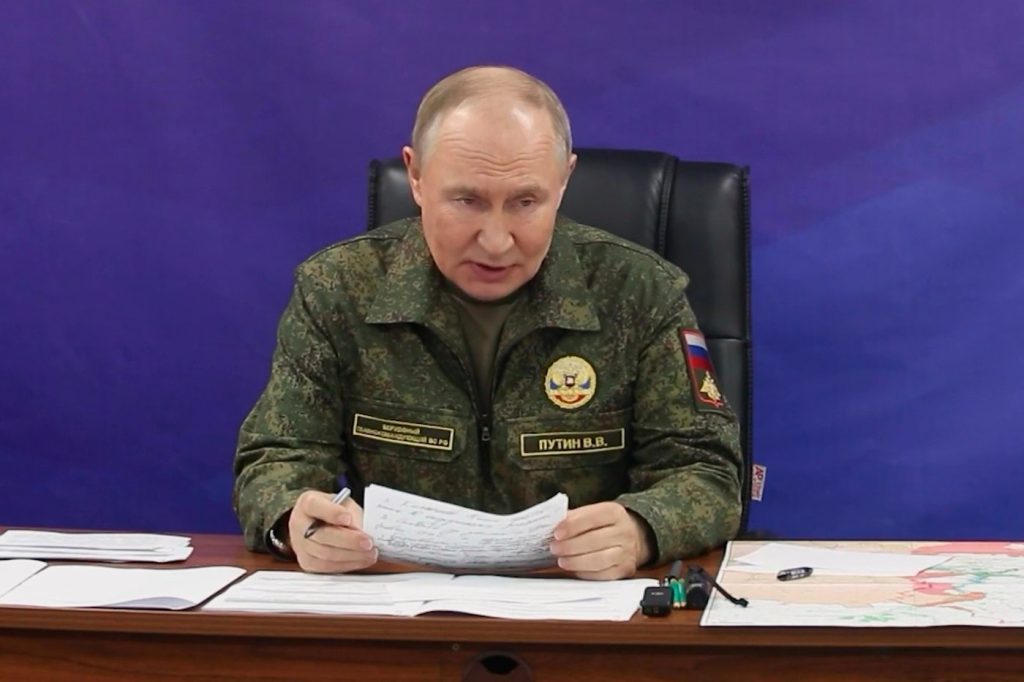MOSCOW (AP) — In a significant development in Russia’s military capabilities, President Vladimir Putin announced the successful testing of a new nuclear-capable and powered cruise missile dubbed the Burevestnik. This missile is designed to bypass existing missile defense systems, as per Putin's statements released on Sunday. The announcement marks a crucial advancement toward potential deployment of the missile to the Russian military, amidst ongoing tensions surrounding the Ukraine conflict.
During a publicized meeting with General Valery Gerasimov, Russia’s chief of general staff, Putin was briefed on the missile's performance. Gerasimov reported that the Burevestnik completed a critical test, covering a distance of 14,000 kilometers (approximately 8,700 miles) over a span of 15 hours while powered by a nuclear engine. He further emphasized that this duration is not the missile’s limit, hinting at its operational potential.
Details about the Burevestnik, codenamed Skyfall by NATO, remain scarce, and skepticism abounds among Western analysts. They cite the challenges regarding the reliability of a nuclear-powered engine as significant concerns. Putin initially unveiled the development of this missile in his 2018 state-of-the-nation address, claiming it would possess an unlimited range capable of traveling undetected around the globe, rendering it impervious to missile defense systems.
Experts have raised alarms about the environmental dangers posed by such a nuclear-powered weapon. While both the U.S. and Soviet Union explored nuclear-powered missiles during the Cold War, they ultimately abandoned their projects, deeming them too risky. Furthermore, the Burevestnik has a controversial past, having reportedly faced a catastrophic explosion during tests in August 2019, which resulted in the deaths of five nuclear engineers and two military personnel, alongside a temporary spike in radioactivity that raised health concerns in a nearby city. Although Russian officials did not confirm the identity of the weapon involved in the incident, U.S. authorities attributed it to the Burevestnik.
Moving forward, Putin emphasized the need to assess potential applications of the Burevestnik and prepare the necessary infrastructure for its integration into Russia's armed forces. He described the missile as invulnerable to current and foreseeable missile defenses, largely due to its unpredictable trajectory and extensive operational range.
Additionally, Kirill Dmitriev, a senior aide to Putin, informed U.S. representatives during a visit that the testing of the Burevestnik was successful, labeling it as an "absolutely new class" of weapon. This communication is viewed as part of Russia's broader strategy to assert its military strength in the face of Western pressure regarding the conflict in Ukraine.
Earlier in the week, Putin also ordered drills for Russia's strategic nuclear forces, which included missile launch exercises. The maneuvers involved various components of Moscow’s nuclear triad, such as intercontinental ballistic missiles tested from launch facilities in northwestern Russia and submarines in the Barents Sea. Tu-95 strategic bombers were also deployed to launch long-range cruise missiles as part of the drills, which aimed to evaluate the efficiency of military command structures.












